From all the refined creations of the designer Iain Oughtred presented in the intriguing biography A Life in Wooden Boats, written by Nic Compton, one particular boat, the 14′11″ Elf, caught my eye and imagination. Based on Norwegian faerings with roots in the Viking era, the small but intrepid-looking Elf is a fascinating adaptation of ancient design to modern construction. I had built a couple of glued lapstrake plywood canoes, so the Elf was a natural choice for me.The original faerings were built by hand and eye, and had slowly evolved during hundreds of years to meet the local conditions and particular purposes. Iain carefully studied every design and photo he could find, realizing no two faerings were alike. He had a commission for a boat smaller than the original ones, and after absorbing all he could find on the subject, he began drafting his own interpretation of the faering, adapting the structure for glued-lapstrake plywood. The Elf has many traditional elements—broad strakes, rangs (angled frames in the ends), kabes (wooden row locks)—and only the daggerboard trunk and the absence of lap rivets betray its modern construction. For rowing, a plug for the daggerboard case will keep water from splashing into the hull.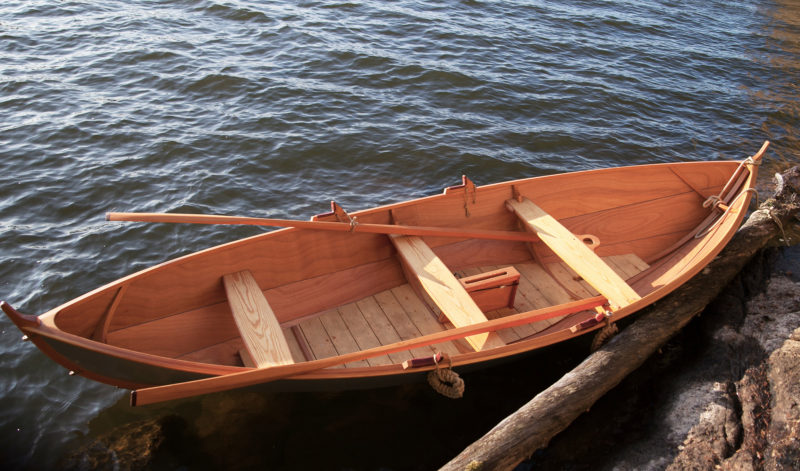 Mats Vuorenjuuri
Mats Vuorenjuuri
Join The Conversation
We welcome your comments about this article. If you’d like to include a photo or a video with your comment, please email the file or link.
Comments (7)
Leave a Reply
Stay On Course

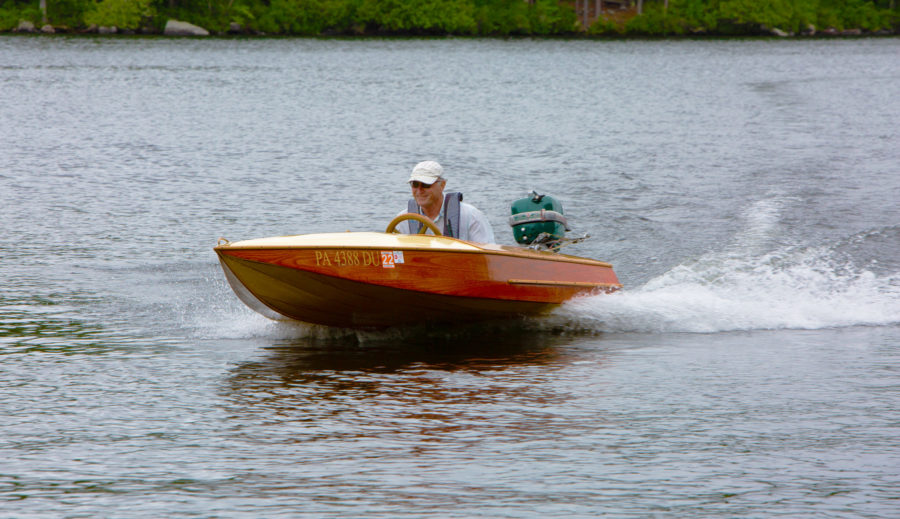
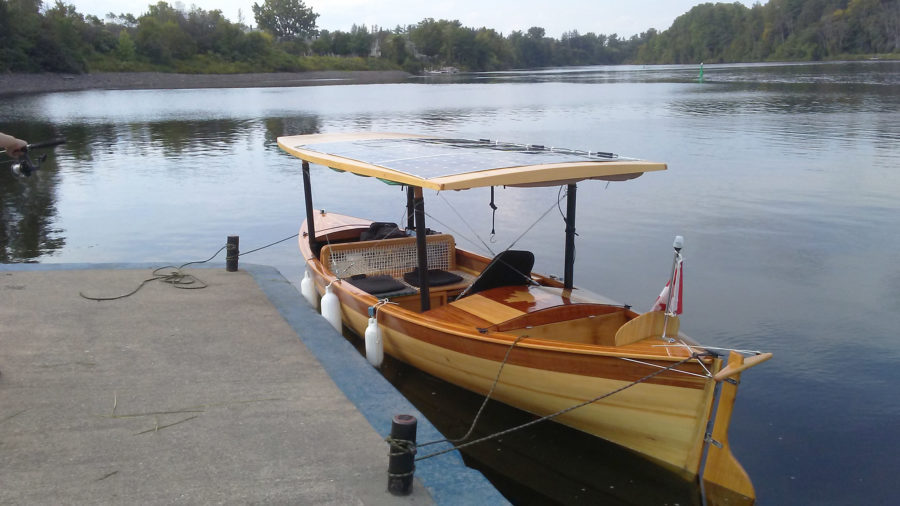
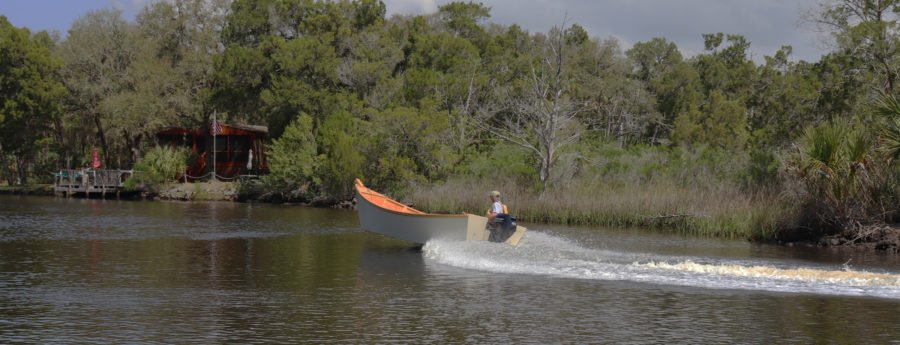
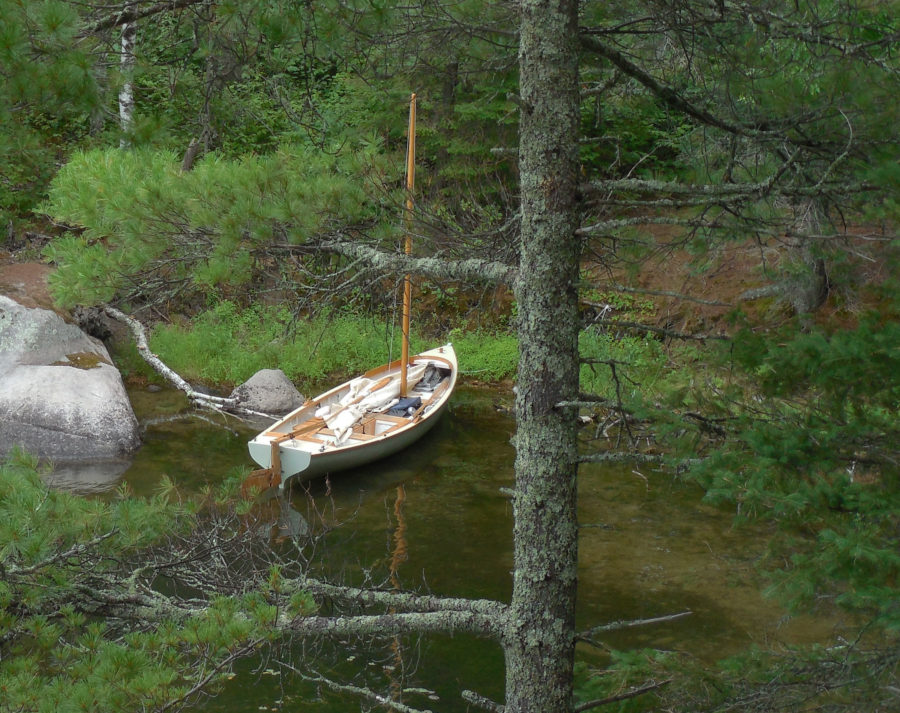
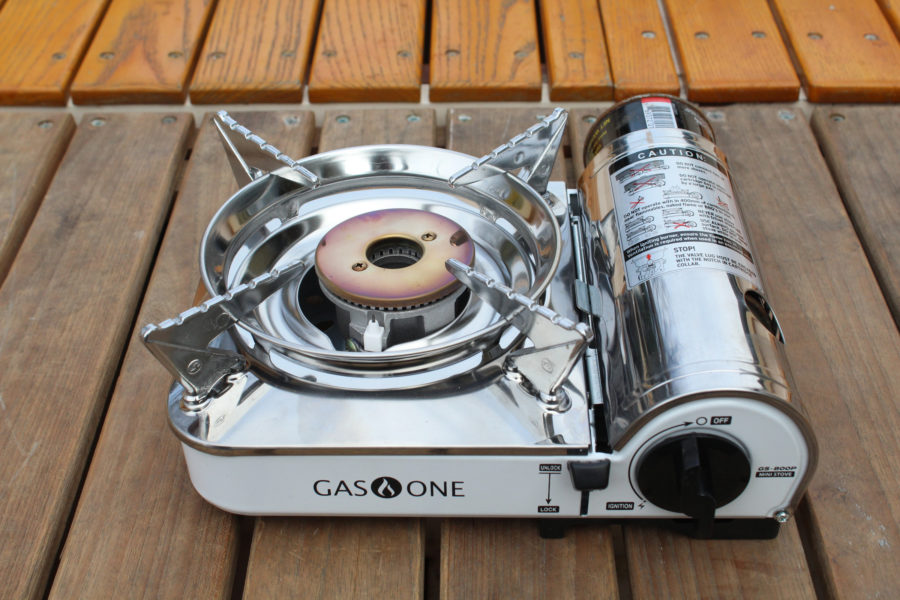
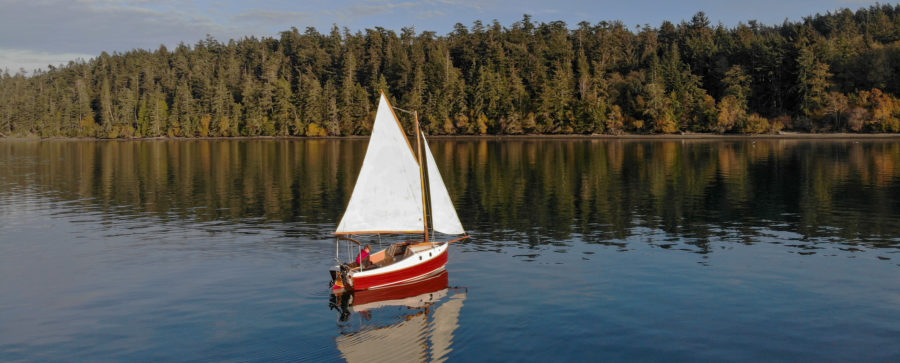


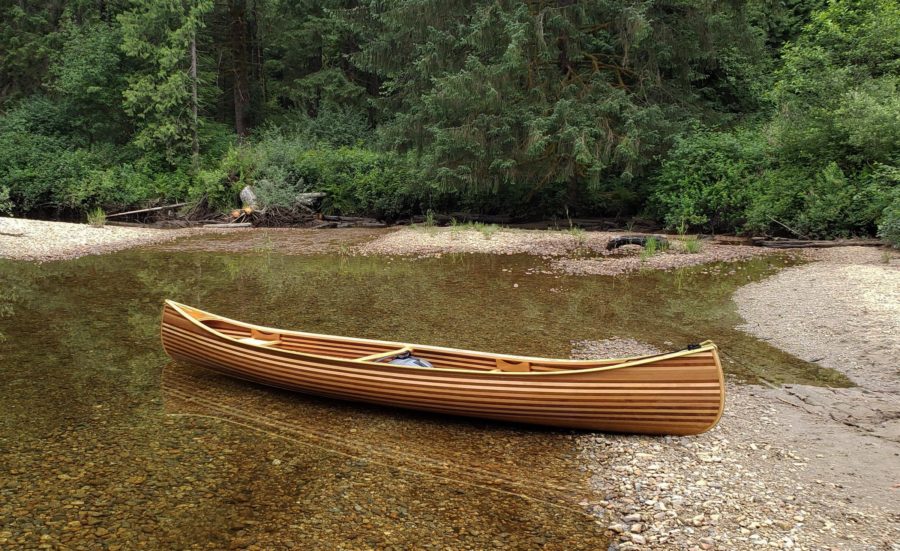

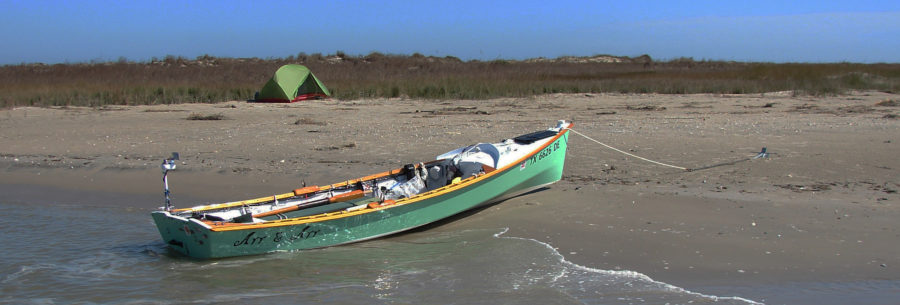
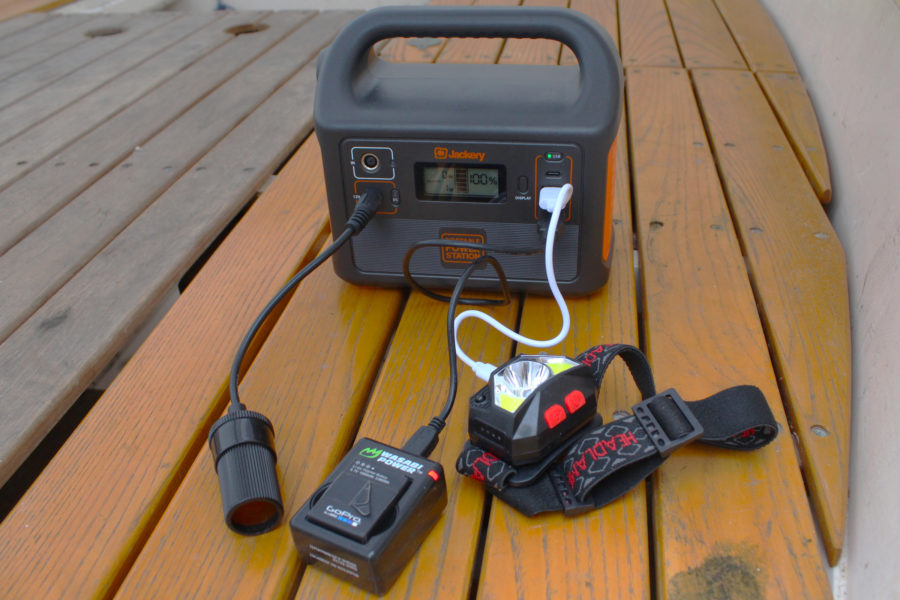

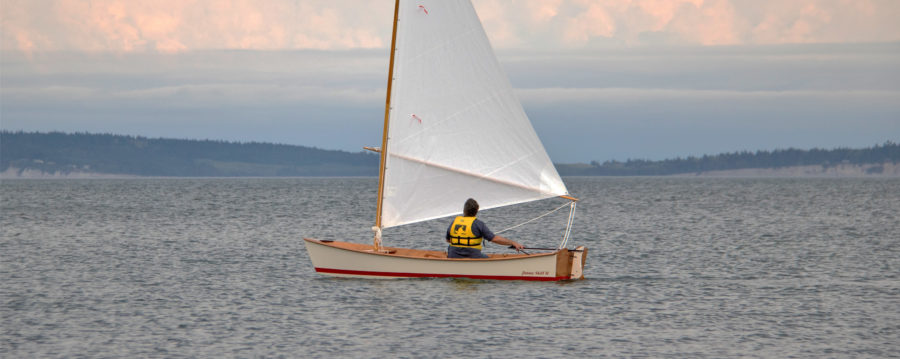
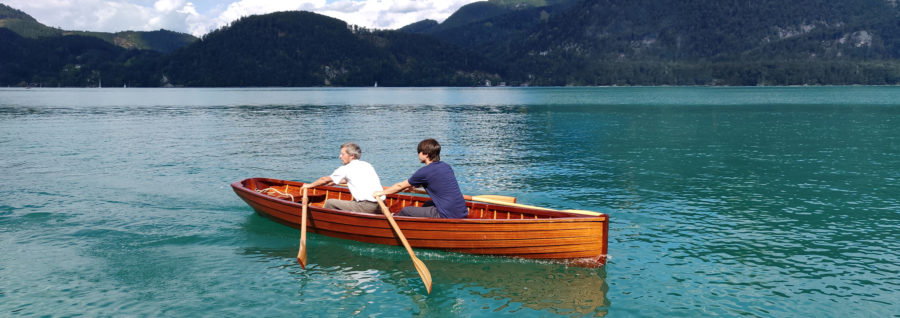
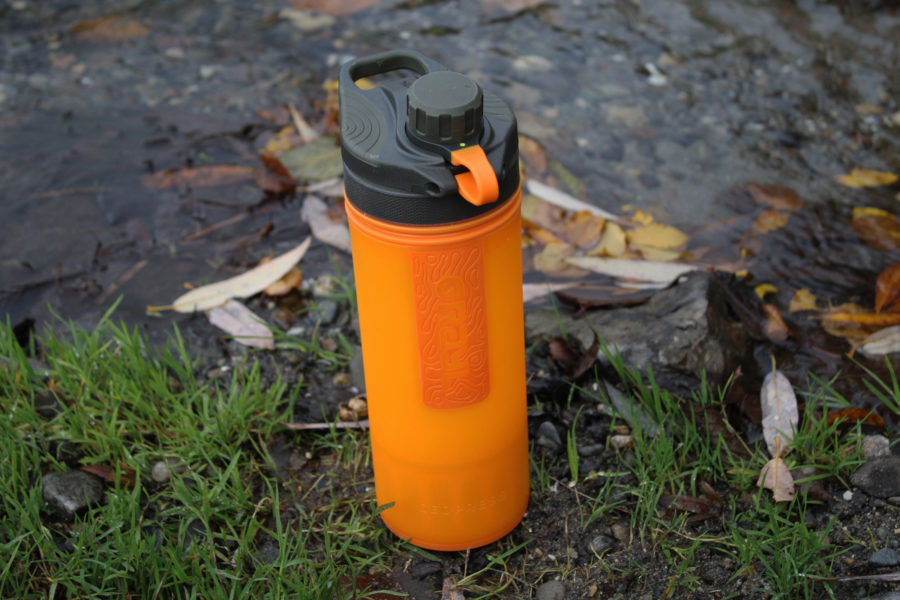
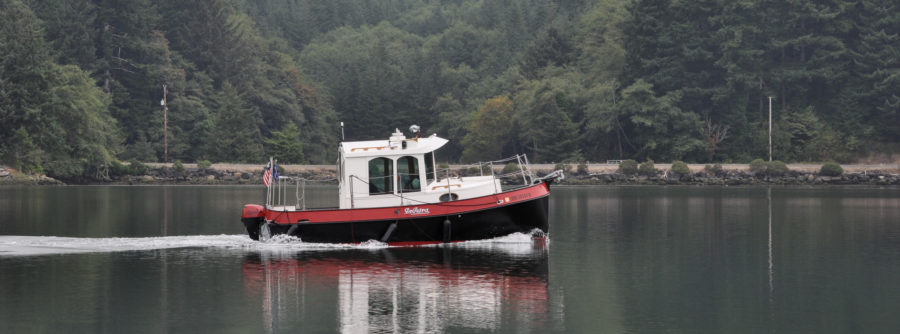
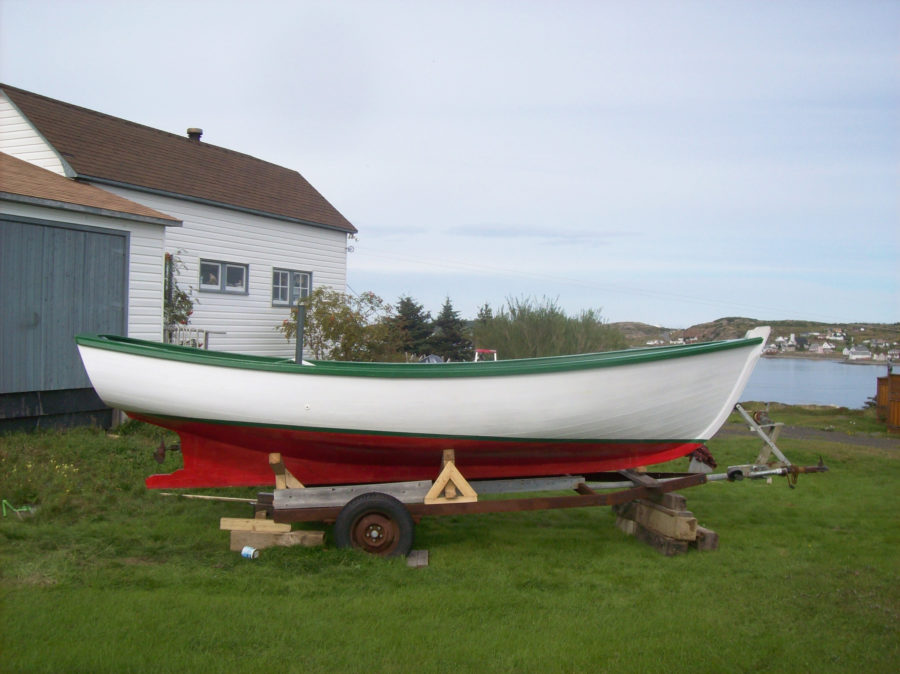
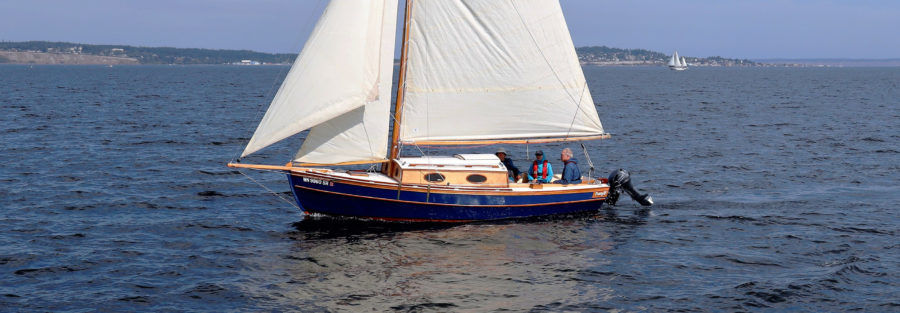
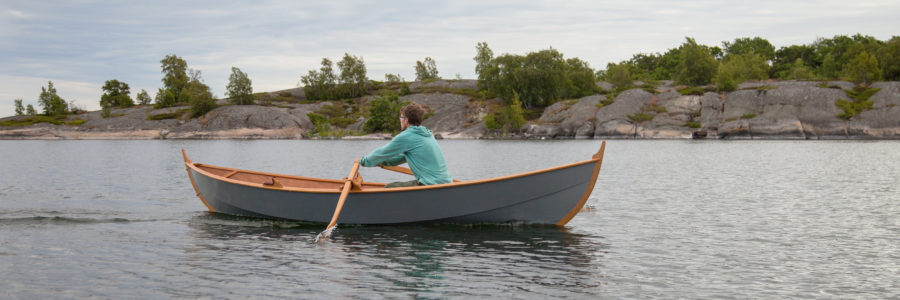

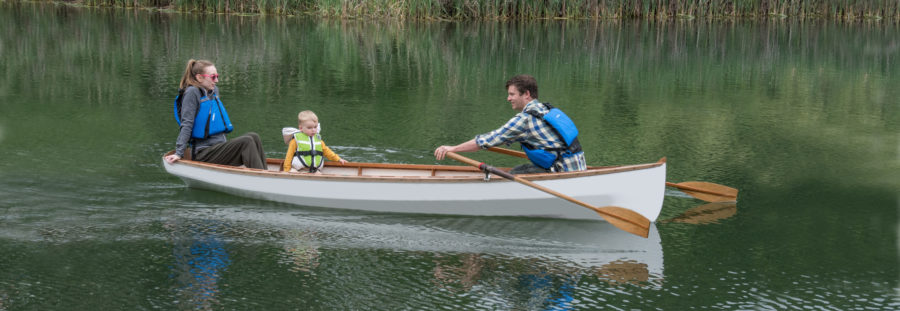
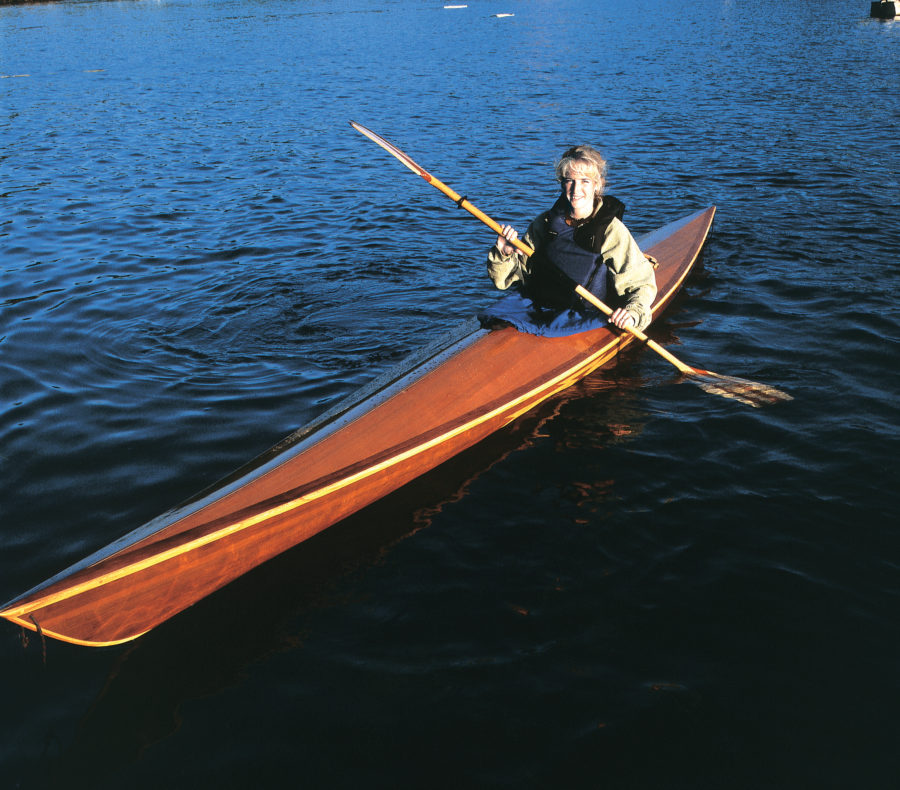
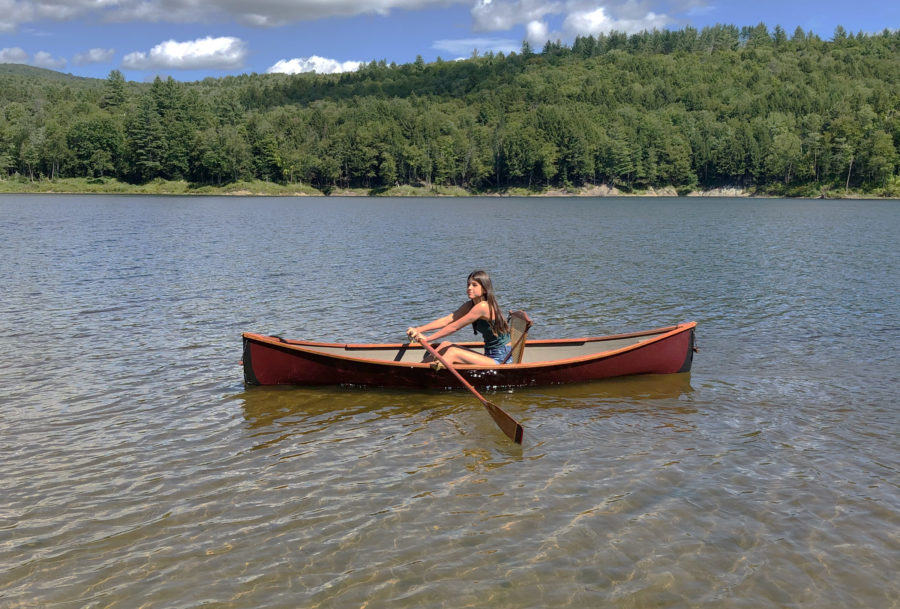

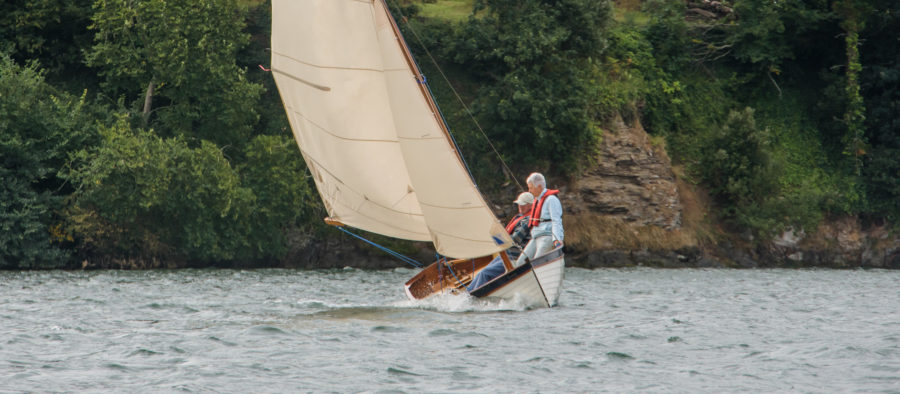
These are such lovely boats, and so very well behaved in heavy going. My own IRONBLOOD has less flare in the upper strake, and I built in lockers at the ends and a full-length keel to avoid a trunk amidships. But IRONBLOOD was built to simply be an island-hopping beach cruiser. Your Elf has such pleasing lines and looks to be a lot lighter and so, easier to row than IRONBLOOD. Nice article, nice boat. Thanks for sharing.
Thank you, Michael. I guess most boats will surprise you in some way once you get them on the water. Elf surprised me with how natural and comfortable it was to sail while sitting on the floorboards. A trunk does interfere with this when sailing with company.
A good story. A couple of brief Comments: The bow may look full, but the entry at WL is very fine for minimal resistance; the great flare, and the Norwegian-style broad bow in plan view, with the maximum beam forward of amidships, is for a very buoyant bow, which will lift to steep waves, and even enables pulling out into a moderate surf. And a breaking wave coming beam-on, threatening to swamp the boat, is nothing; she just lifts lightly over it, remaining upright, unlike a beamier WL hull with more initial stability, which would roll dangerously.
These are light rowing craft, and tender under sail, so need constant attention in a gusty breeze; but need little sail area to move them along.
The Elfyn has the same structure; 16′-6″ x 4′-9-1/2″; around 180 pounds. Sprit or lugsail, 65 sq. ft.
Sources of plans: WoodenBoat Store. Or myself at [email protected]; Struan Cottage, Bernisdale, Isle of Skye, Scotland IV51 9NS. Or StrayDog BoatWorks.com (S Australia).
Looks similar to Chesapeake Light Craft’s Skerry – both are double-ended, both row easily at 3 knots, sail fast, are a tad tippy, and both have the long tiller. Elf is about 50 pounds heavier; for my Skerry if planning to sail, I take along 20 to 30 lbs additional ballast for placement under the middle thwart astride the daggerboard case. For sailing, I sit on the aft floorboard too. Both are fun, attractive, lightweight quick-rigging boats that sail and row quite well.
Thank you, Mats, for this excellent article and especially for the photographs. I have an Elf in build at the moment and it is most encouraging to see how things should turn out!
Launched my Elf build on March 11, 2021. Here is what I wrote to my TSCA Raleigh chapter group:
Elf was named as he launched as TOL – the icon on his side depicts the Tree Of Life = TOL
I found this to be the one boat in the 16 I’ve built that performed exactly as I was expecting it to. It’s beamier and slightly shorter then a Joel White Shearwater albeit just a tad slower but also a tad more stable. I wanted a row boat that combined the best of the Shearwater and a Peapod as rowed up in WBS in 2019 and I was not disappointed. Not quite as stable as the Pea but faster with more LWL. He was lithe under oars with the ability to tightly turn more so than a Whitehall, less then a Nutshell pram, but right in that sweet spot in between, like the Joel White Shellback Dingy. Tracking was so much nicer than in the dory, especially when the wind picked up, as he stayed true to course with minor adjustments on the oar pulls. The 9 footers worked well, perhaps slightly over-balanced outside, but the looms could be crossed at the hands for that type of rowing. Ill go with the 8’6″ next time to see the difference. When the wind picked up I was more aware of the resistance on the long blades of the Shaw and Tenney’s when out of the water than on the boat itself. Practical Elegance was achieved.
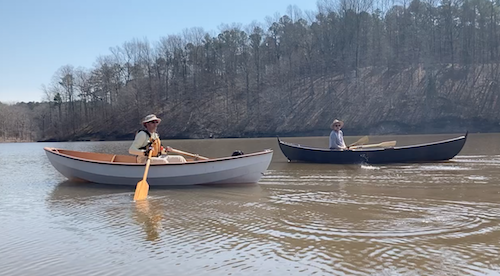
The boat at left is a Skerry; my Elf is at right.
Hey Mats, I don’t know if you’re still checking these comments, but this is Duane, the one with the spritsail in the image above. I am curious how you have yours rigged. I had a pretty gnarly uncontrolled gybe last weekend where the sheets were ripped out of my hand in heavy weather, and now I’m rethinking my setup.